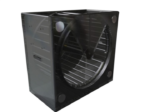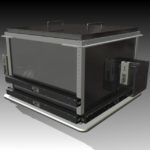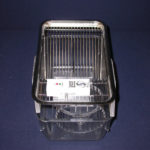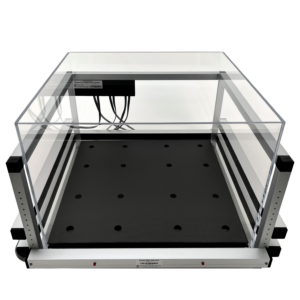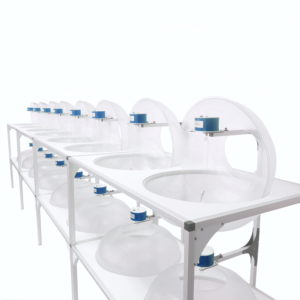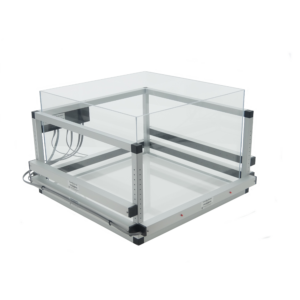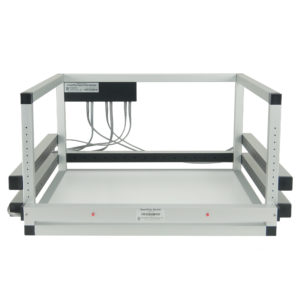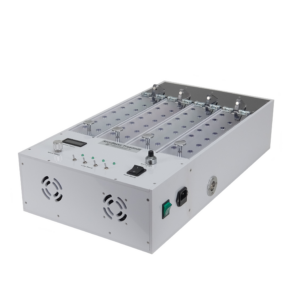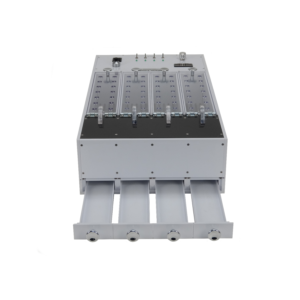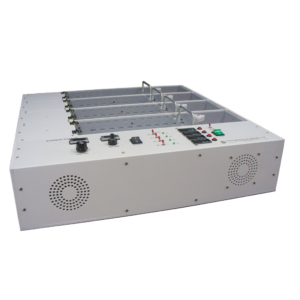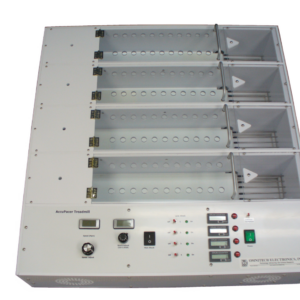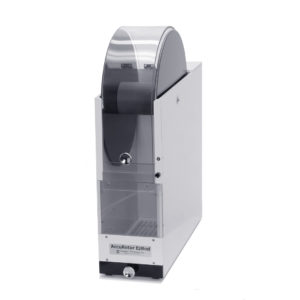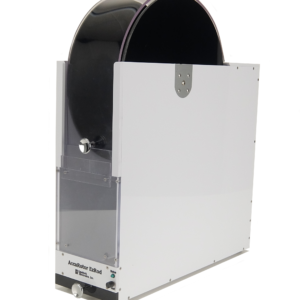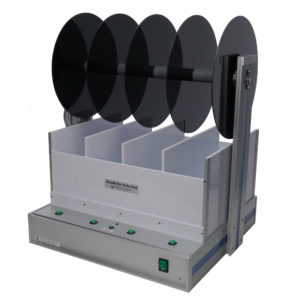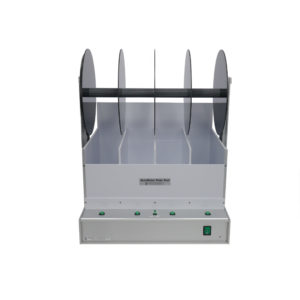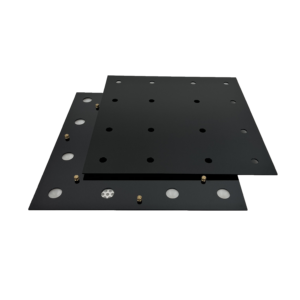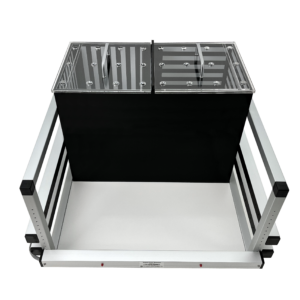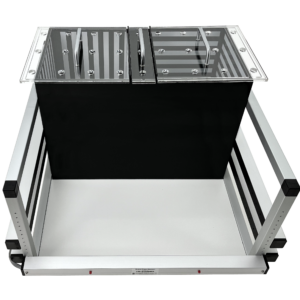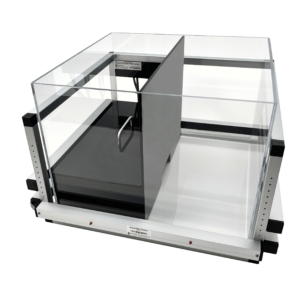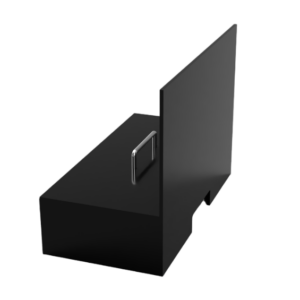Activity Wheel
The Activity Wheel is designed to measure voluntary physical activity in rodents, making it an essential tool for research in exercise physiology, motivation, and circadian rhythm regulation. By capturing running behavior in real time, the wheel allows researchers to assess activity patterns, endurance, and daily rhythmicity. Integrated with a magnetic sensor and Fusion Software, it provides precise, automated tracking of wheel revolutions. The standard 6.5” wheel suits mice, with optional sizing for rats or custom needs. An optional Dual Wheel Kit enables simultaneous testing of two animals, supporting high-throughput, behaviorally relevant data collection in a naturalistic and enriched environment.
Overview
The Activity Wheel is a versatile accessory for the SuperFlex Open Field System and Home Cage System, enabling detailed investigation into voluntary exercise, motivation, and circadian rhythm behavior in rodents. Designed to integrate seamlessly with the SuperFlex environment, this module provides a naturalistic and enriching platform for animals while delivering precise behavioral data for researchers. The system includes a single running wheel assembly equipped with a magnetic sensor that accurately captures revolutions and running activity, allowing for comprehensive tracking of locomotor behavior.
With a standard wheel diameter of 6.5 inches for mice, the module supports a variety of species and research needs, offering optional sizing for rats or custom specifications. For high-throughput studies, an optional Dual Wheel Kit is available, permitting simultaneous testing of two animals within the same arena. This configuration enhances efficiency while maintaining individual behavioral data streams, thanks to the module’s compatibility with Fusion Software for automated data acquisition and analysis.
The Activity Wheel is ideal for studies examining exercise-driven behavioral changes, motivational paradigms, and circadian rhythm regulation. By encouraging voluntary physical activity, it promotes environmental enrichment and supports the expression of natural behaviors, which is critical for both scientific validity and animal welfare. Whether used independently or alongside other SuperFlex accessories, the Activity Wheel Module offers a robust and adaptable solution for a wide range of behavioral neuroscience applications.






